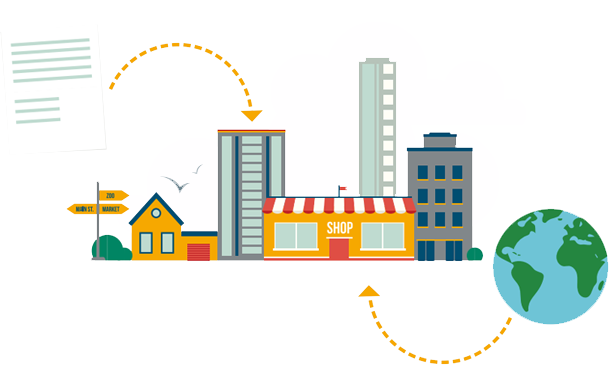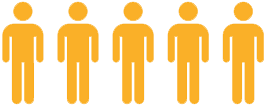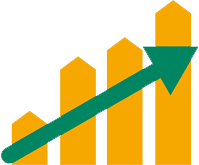Disaster Risk Reduction For Health
Not a new concept; however it is a new priority
What is a disaster?
Disasters occur when vulnerable individuals and communities are impacted by environmental hazards.

Disaster = Hazard x Vulnerability

What is DRR?
Disaster Risk Reduction (DRR) is a systematic approach to identifying, assessing, and reducing risks of disasters before they occur.

Why DRR for Health?
The majority of disaster deaths occur during impact, yet historically efforts have focused on response.1 DRR for health addresses the causal factors of disasters to prevent or mitigate illness or injury from ever occurring.

Every dollar spent on DRR saves $4 in response and recovery cost
DRR at CDC

Science – Understanding disaster risk
- Contribute to the growing scientific literature on DRR
Practice – Community efforts and best practices
- Identify baseline DRR efforts and build capacity
- Evaluate effectiveness of community DRR strategies and implementation
- Provide technical assistance to Federal, state, local, territorial, and international stakeholders to build capacity
Policy – Inform national and global strategies
- Represent public health on the US National Platform to implement the UN Sendai Framework for DRR
- Represent health in the broader multi-sectoral DRR network
View Page In: PDF [2M]




